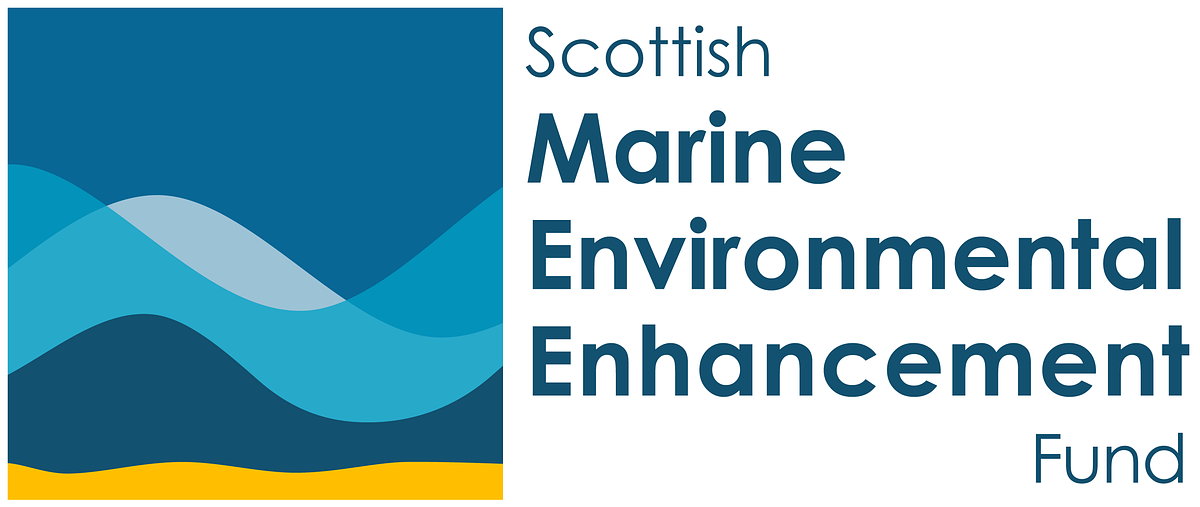.jpg)
Good News for Puffins in the Firth of Forth!
How many breeding puffins can fit onto a few small islands in the Firth of Forth? It might sound like a bizarre scenario from a maths textbook, but it’s a question that conservationists take very seriously!
It’s only fairly recently that puffin burrows have been counted on Craigleith, the Lamb and Fidra—the three islands closest to North Berwick. These important population surveys, carried out in partnership with the Forth Seabird Group and the RSPB, seek to gauge the health of puffin populations. The data collected can then be compared across years and colonies to better understand how this charismatic species is faring. This has been especially relevant over the past few years, following the devastating impacts of avian flu. This outbreak added to a range of mounting pressures on our seabirds, including climate change, offshore development, and unsustainable fishing.
_Jamie_McDermaid.jpg)
But how do you count puffins? The answer is… we don’t. Unlike most birds, puffins nest underground in rabbit-like burrows which they excavate themselves with their bright bills and clawed feet. Instead of counting the birds, we count the number of ‘Apparently Occupied Burrows’. ‘Apparently Occupied Burrows’ (AOBs) are burrows that we think (based on the evidence we can find) are being used by puffins for nesting. We don’t count old or blocked burrows, as this could give the impression that the population is larger than it really is. We can assume that each AOB is home to one pair of breeding puffins.
On Craigleith and Fidra, we work with experienced volunteers to count every burrow visible across the whole island. Several sample plots are then selected on each island, and a much more thorough investigation is undertaken to establish how many burrows in each plot are ‘apparently occupied’ by puffins. Based on the results from these plots, we can establish a ‘correction factor’ to apply to the overall count for the island. This allows us to estimate the number of AOBs for the entire colony.
_Emily_Burton.jpg)
On the Lamb (a much smaller island), the process is a bit different. Here, the seabird surveyors line up and crawl methodically over the whole island, checking every single hole on their hands and knees! Who said conservation wasn’t glamorous?
_Emily_Burton.jpg)
Despite our worries over avian flu, it was good news this year for East Lothian’s puffins. The puffin populations on both larger islands seem stable, with over 900 AOBs recorded on Fidra and over 5000 AOBs on Craigleith. This comes after good news from the team on the Isle of May, where there are now estimated to be around 52,000 occupied puffin burrows, a 33% increase since the last survey in 2017.
There is good news from the Lamb too, where the population is also stable. The count on the smallest of our local islands is always somewhat delayed, as we wait until August to complete it (when we can land safely on the island without causing any disturbance). However, the puffin burrow count has now been successfully undertaken, led by the Forth Seabird Group in partnership with the Scottish Seabird Centre. Almost 800 AOBs were recorded! A whopping total for such a small island.
Greg_McVean.jpg)
It’s not only puffins that the Forth Seabird Group monitor. Each year, volunteers make one visit to each island in the Firth of Forth, from Bass Rock in the East to Inchgarvie in the West, to count the seabirds breeding there. From these counts they produce annual seabird count reports for the area and have been providing quality data consistently since 1959, (apart from 2020 when the Covid-19 lockdown was in place). The figures are posted into the BTO’s Seabird Monitoring Programme database, which collects data for the whole of the UK.
As seabirds act as indicators of ocean health, healthy seabird populations mean thriving seas. Scotland’s seabird populations are facing various pressures, and many species are in national decline—but for North Berwick’s plucky puffins, at least, it seems that ever more are calling these islands home.
To find out more about the Forth Seabird Group and all that they do, go to their website or twitter page @forthseabirds.

Header and Listing Image © Greg Macvean
